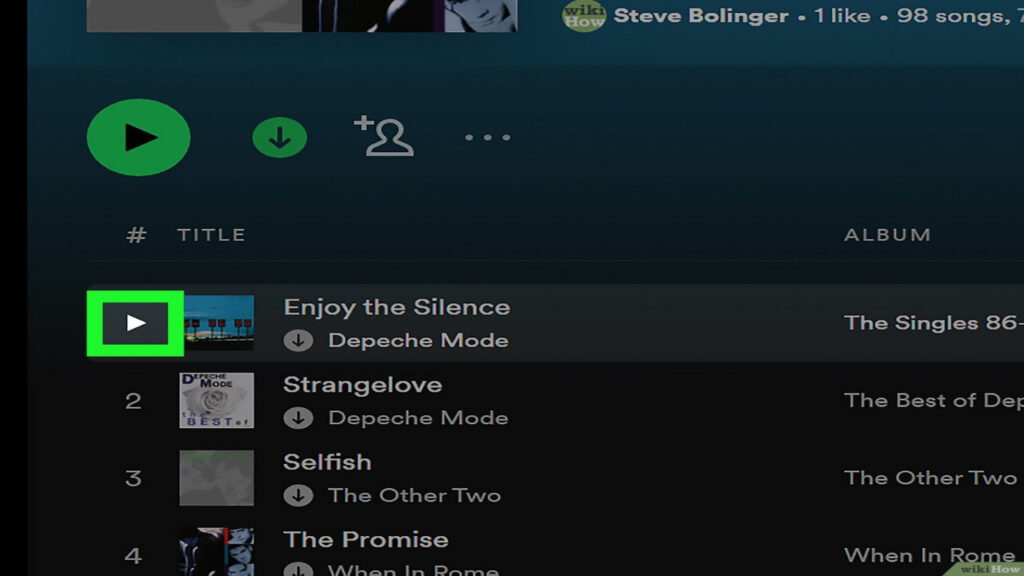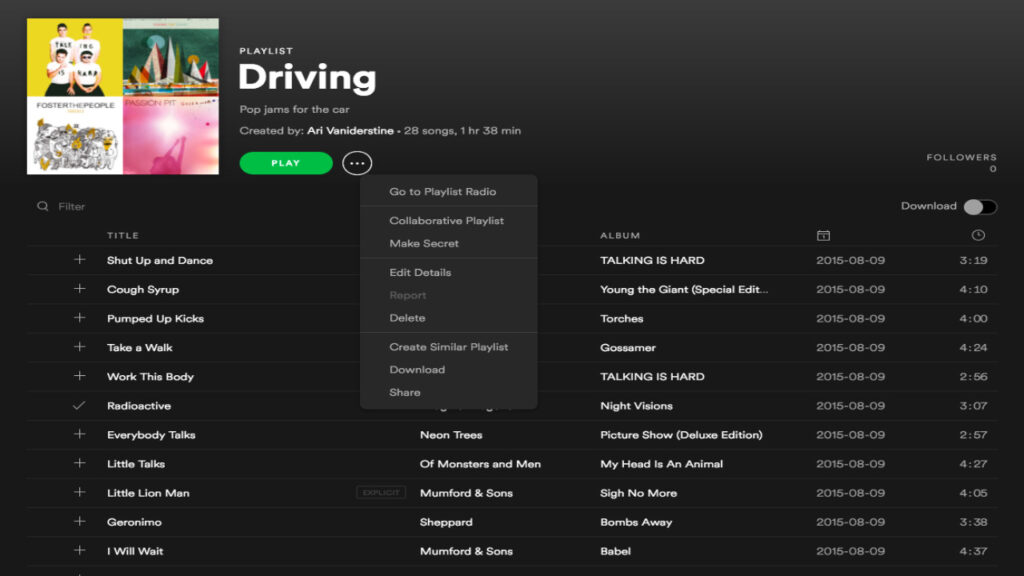
How to Curate the Perfect Playlist on Spotify: Tips and Tricks for Music Lovers
Curating the perfect playlist on Spotify can be a daunting task, especially with an extensive music library at your fingertips. However, with a few tips and tricks, you can create a playlist that reflects your musical taste and sets the perfect mood for any occasion. Here are some guidelines to follow:
Determine the Purpose and Theme of Your Playlist

Before you start adding tracks to your playlist, it’s important to decide on their purpose and theme. Are you creating a playlist for a party, workout, road trip, or study session? Do you want to showcase a particular genre or artist, or do you want to mix things up? Having a clear idea of what you want your playlist to achieve is the main thing in Spotify promotion for artists.
Use Spotify’s Built-In Tools to Discover New Music

Spotify has a variety of built-in tools that can help you discover new music and add it to your playlists. For example, the “Discover Weekly” feature recommends personalized tracks based on your listening history, while “Release Radar” suggests new releases from your favorite artists. You can also explore new genres and playlists by browsing the “Browse” section of the app or by using the search function to find related artists and songs.
Consider the Flow and Order of Your Tracks

The order of your tracks can have a significant impact on the listening experience. Try to create a flow that makes sense, with tracks that transition well between each other. For example, you might want to start with some upbeat tracks to get people in the mood, gradually move into more relaxed and contemplative tracks, and then end with a few uplifting tunes. You can also use Spotify’s “Crossfade” feature to create smooth transitions between tracks.
Mix Things Up with Different Genres and Artists

While it’s tempting to stick to your favorite artists and genres, mixing things up can create a more interesting and dynamic playlist. Try to include a variety of tracks from different genres and time periods, and consider including tracks from artists you may not be familiar with. You might discover some hidden gems that you wouldn’t have otherwise found.
Consider the Length of Your Playlist

The length of your playlist can depend on its purpose and intended audience. For example, a workout playlist might be shorter and more high-energy, while a party playlist might be longer and include more variety. As a general rule, however, it’s best to keep your playlist to around 30-50 tracks, which is long enough to provide variety but short enough to maintain interest.
Use Collaborative Playlists to Get Input from Others

Collaborative playlists allow you to invite others to contribute to your playlist, which can be a fun way to get input from friends or family members. You can also use collaborative playlists to create a shared listening experience where everyone can add their favorite tracks and discover new music together.
Consider the Mood and Tone of Your Playlist
The mood and tone of your playlist can set the stage for a particular experience or event. For example, if you’re creating a playlist for a romantic dinner, you might want to include more slow and romantic tracks, while a playlist for a summer road trip might include more upbeat and energetic tracks. Consider the emotional tone you want to convey and select tracks accordingly.
Pay Attention to the Lyrics and Message of Your Tracks
The lyrics and message of your tracks can have a significant impact on the overall tone of your playlist. If you’re creating a playlist for a particular event or purpose, make sure the lyrics of your tracks align with the intended message. For example, if you’re creating a playlist for a mindfulness session, you might want to include tracks with positive and uplifting messages.




